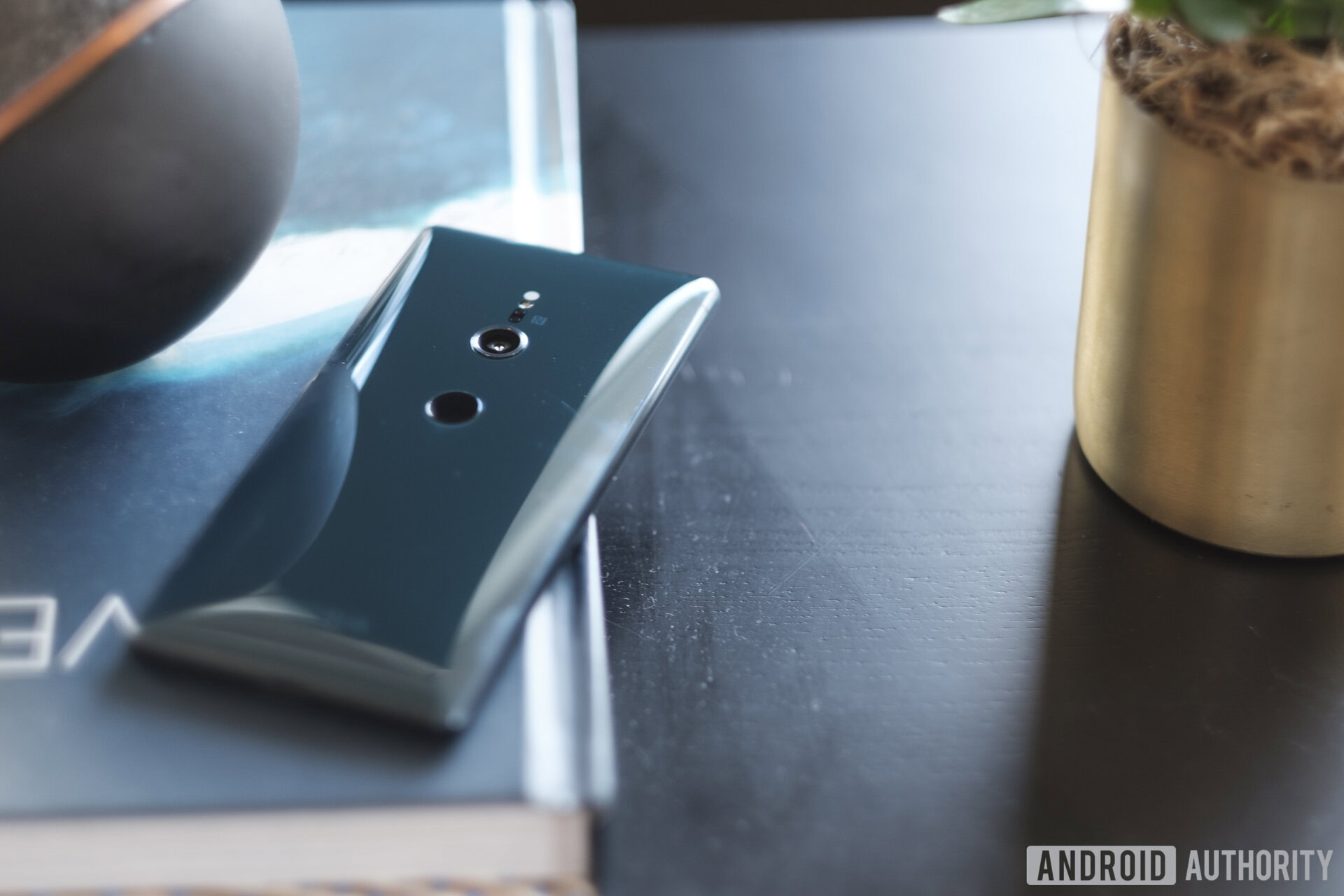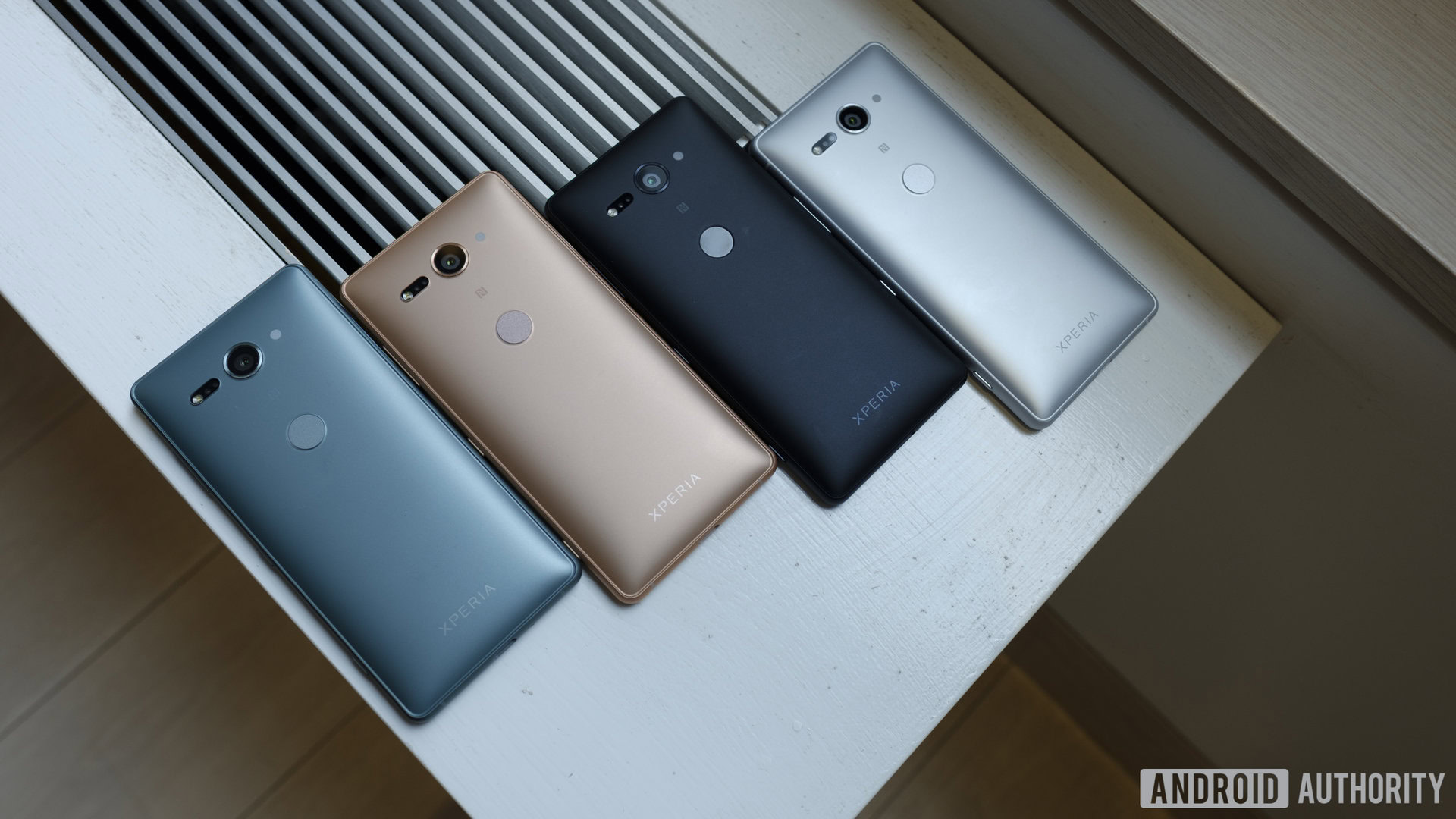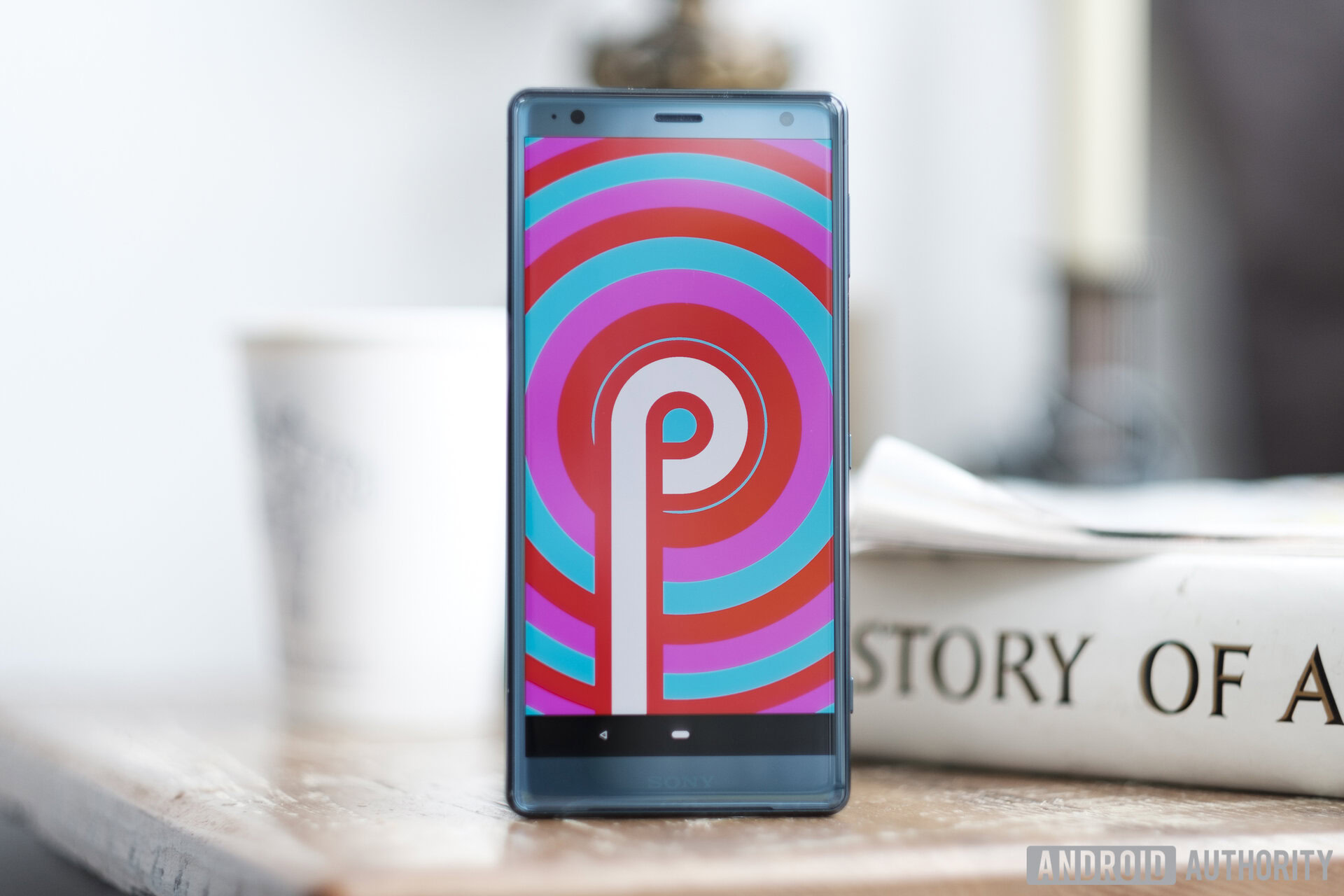Affiliate links on Android Authority may earn us a commission. Learn more.
Sony's failing smartphone business should come as no surprise
Published onAugust 1, 2018

Samsung may not be selling as many Galaxy S9s as it would like, but that situation isn’t nearly as dire as what Sony is going through. Sony’s recently published earnings report shows what happens when a company has no clue what to do in the smartphone market.
Sony managed to sell just 2 million smartphones in the quarter ending in July 2018, which is down 1.4 million from the same period in 2017. You read that right — in one year, Sony’s smartphone division diminished by nearly half.
In response to these poor sales numbers, the company revised its estimate for 2018 smartphone sales from 10 million down to 9 million. For comparison’s sake, leaked sales numbers point to Samsung “only” selling around 9 million Galaxy S9 units in Q2 2018. That’s just for one quarter, not the whole year, and that’s just one phone.
Sony has a wide range of smartphones that it sells around the world at all different price points, but the company is clearly having issues moving stock. So, what’s a company to do? Is its dwindling smartphone division too far gone to come back into relevancy, or is there still hope?
Pricing problems and slow development

Sony’s smartphone division has actually been busy in 2018 despite the poor sales numbers. At CES 2018, the company launched three new mid-rangers — the Xperia XA2, XA2 Ultra, and Xperia L2 — followed by the flagship Xperia XZ2 and XZ2 Compact at MWC. Now, there isn’t anything inherently wrong with any of these phones, and they performed well in our full reviews.

So, what’s the problem? We don’t have to look far back into our Sony coverage to find an answer. In May, the company admitted that it’s been failing to meet its smartphone sales goals because it’s not innovating fast enough. Specifically, the company pointed to long development/design lead times for its slow adoption of industry trends. The most obvious example of this is last year’s industry-wide shift to 18:9 displays, which saw just about every phone — including in the high-end and budget-tiers — adopt these thinner, taller screens. Sony didn’t jump on that bandwagon until it launched the Xperia XZ2 and XZ2 Compact — exactly one full year after we saw the first 18:9 screen come to market.
Sony said itself that it's too slow at adopting industry trends.
There have also been a few other curious missteps this year that point to Sony not having a clear focus on what its customers want. First of all, the pricing problem. Let’s get this one out of the way — Sony recently launched a $1,000 smartphone that has a 4K display and not a whole lot else to help it stand out from the crowded premium smartphone market. It comes with a 16:9 screen, no headphone jack, and pretty sizable bezels, too. Basically, Sony hopes the sheer novelty of the 4K screen will entice you enough to drop an insane amount of money on it. That’s not the smartest move the company has ever made.
Next up is the Xperia XZ2, which we praised in our full review for its fantastic audio quality and great display. We thought the $800 price tag was a little much for the States, but then Sony decided to bring it to India for a whopping 72,990 Rs., which translates to roughly $1,062. What? Why?
There's a clear pricing problem, and the lack of advertising doesn't help.
Then there’s the Xperia XZ2 Compact, a wonderful little phone that was subject to very little criticism in our full review. But at $600, it just doesn’t have anything going for it (aside from its compact size) that the competition doesn’t already offer — and most of the time at a lower price.
Even the Xperia XA2 Ultra, which is now somehow diluted with the addition of the XA2 Plus, was priced right around the more powerful OnePlus 5T and HONOR View 10 at launch — two phones that arguably offer more for the money.
Pricing is obviously an issue, and Sony’s lack of advertising and carrier partnerships in the U.S. doesn’t help brand recognition either. If people don’t know you’re selling smartphones, you’re not going to sell smartphones.
All of these things combined point to a company that doesn’t have an aggressive enough mobile strategy to stand out from the competition in any meaningful way.
Not all hope is lost

For all the things Sony needs to work on, it sure gets plenty of things right.
I do like the shimmery design of the new flagships (even though I ragged on Sony for copying HTC), and it’s certainly worth pointing out that most recent Sony phones are quite competitive if you take away the high price tags. Plus, the company is doing great things in the smartphone photography space. It just released a new 48MP camera sensor, which could make its way to smartphones in 2019.
Software shouldn’t be understated, either. The Xperia XZ2 is one of a handful of non-Pixel phones to support the Android P developer preview. That shows Sony puts a big focus on software — something other manufacturers should probably do, too.
Sony has what it takes to make its phones relevant again. It just needs to be more creative.
I think Sony has what it takes to bring its smartphones back into relevancy. This is not a new company, and, perhaps most importantly, not a company that relies on its smartphone brand for much of its income. What if Sony tried a little harder to differentiate itself? Take some risks, you know? That way it can keep the high price tags while offering users a little more than what the competition is doing.
Maybe it could try integrating its PlayStation brand into its smartphone line. Could we see an Xperia Play revival? What about a true PlayStation-branded phone? With all the new gaming smartphones coming out, it’s not too farfetched an idea.
Listen, I don’t dislike Sony. For as many negative comments as I might receive for writing this, I don’t. I just want the company to succeed, and right now I see it making a lot of bad choices that don’t make much sense. If Sony can start lowering the prices of its flagships, start adopting industry trends quicker, and maybe take some more risks, the company’s smartphone business wouldn’t be in as dire shape as it is now.